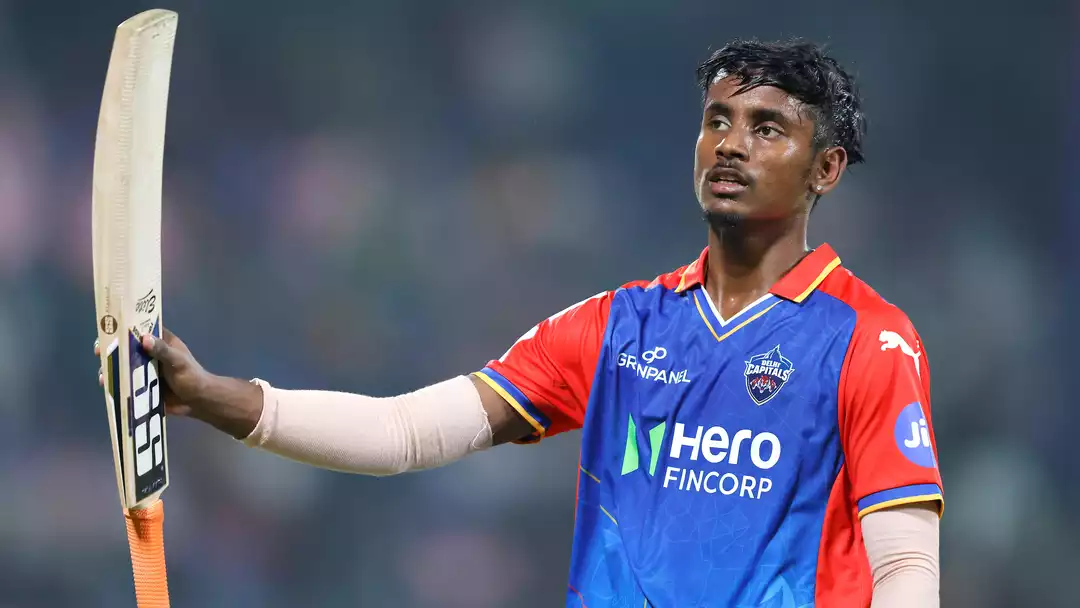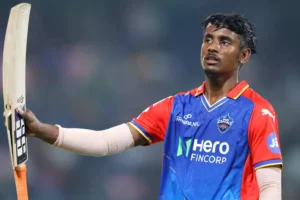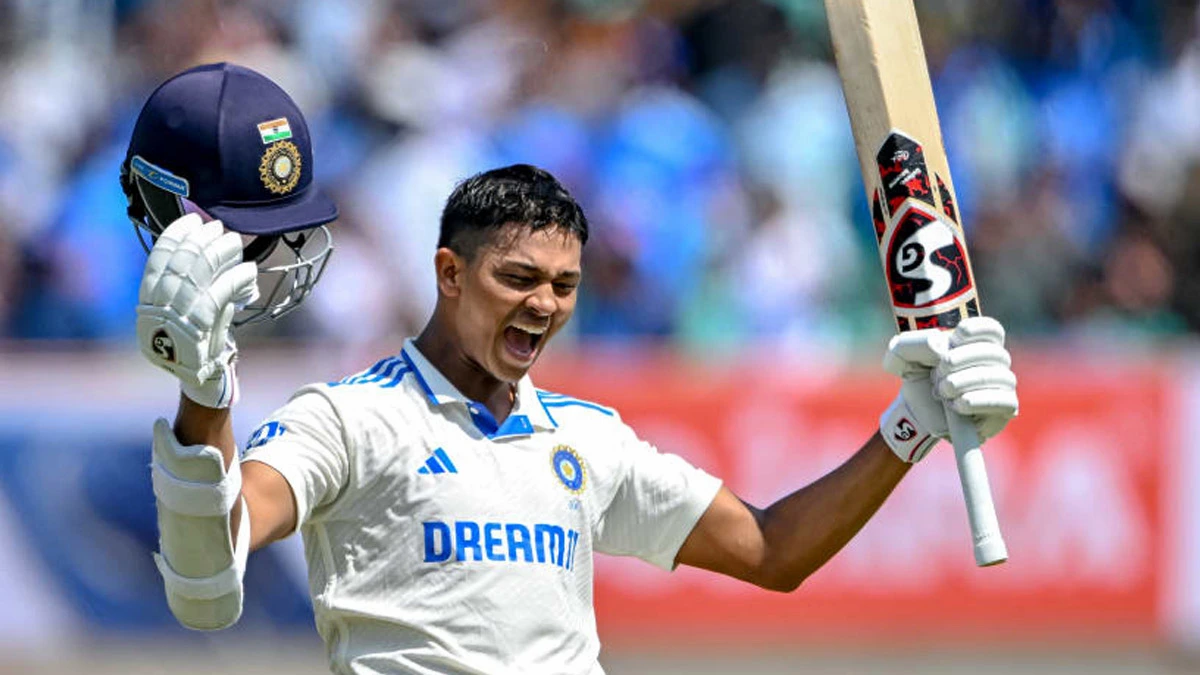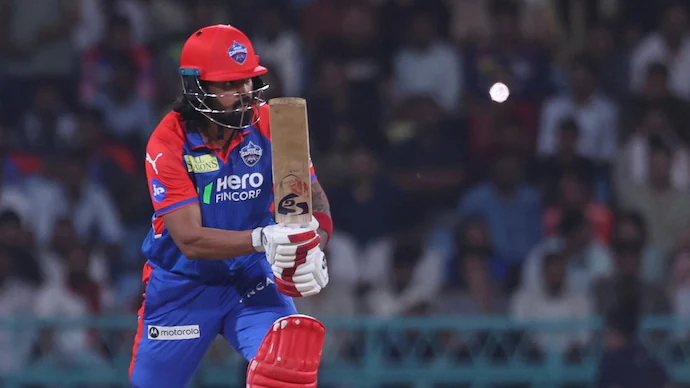The 2024 Boxing Day Test between India and Australia became a battleground not just for cricketing supremacy but also for the credibility of technological assistance in the sport. The infamous dismissal of India’s rising star, Yashasvi Jaiswal, by third umpire Sharfuddoula Saikat has sparked fierce debates across the cricketing world. The controversy stems from Jaiswal’s dismissal on the final evening, where a third umpire call overruled an on-field not-out decision, citing a deflection caught behind. What followed was a clash of opinions, with some calling it a clear case of technology misinterpretation, while others have pointed to a more straightforward outcome.
The Controversial Third Umpire Decision: Dismissal of Yashasvi Jaiswal
Yashasvi Jaiswal was initially given not out by on-field umpire Joel Wilson, but the third umpire, after reviewing the footage, overturned the decision, suggesting a deflection off the bat that was caught behind by Alex Carey. While some agreed with the verdict, citing clear evidence of a glove touch, others, including former players and cricketing pundits, have vehemently disagreed. The absence of a Real-Time Snicko reading to corroborate the third umpire’s decision became the central point of contention, raising serious questions about the reliability of technology in high-stakes moments.
Warren Brennan, the man behind RTS (Real-Time Snicko), attempted to clarify the situation, noting that certain types of shots, particularly glancing ones, might not produce sufficient noise to register on the Snicko, making it impossible to draw definitive conclusions. However, the lack of clarity only added fuel to the fire, with BCCI vice-president Rajeev Shukla publicly claiming that Yashasvi Jaiswal was “clearly not out.” This statement further polarized opinions and sparked a fierce debate about whether the use of technology in decision-making was truly fair and accurate.
Sunil Gavaskar’s Bold Statement and Its Aftermath
Sunil Gavaskar, a respected figure in Indian cricket, waded into the controversy with a bold statement on the deflection. He suggested that the deviation might have been an optical illusion, a claim that left many cricket fans scratching their heads. According to Gavaskar, the evidence presented by the technology could be misleading, particularly when dealing with a ball that seemed to move away after passing the bat’s edge. His argument was rooted in the belief that what appeared to be a deflection could, in fact, have been an optical illusion, a phenomenon that sometimes occurs with swinging deliveries.
Gavaskar’s comments were met with widespread criticism, particularly on social media, where many labeled the claim “pathetic” and “embarrassing.” Despite clear evidence of a deviation shown through ball-tracking technology, the controversy surrounding his remarks added another layer of tension to an already heated debate.
Surinder Khanna’s Response: A Call for Fair Play
Amid the uproar, former India wicketkeeper Surinder Khanna weighed in with a strong rebuke of the Indian team’s reaction to the incident. In a no-holds-barred interview, Khanna described the response as overblown and unnecessary, referring to the players as “liars” for denying the clear deflection. According to Khanna, the evidence was overwhelming, with four angles of footage showing the ball clearly hitting Jaiswal’s gloves before being caught by Carey. He emphasized the importance of playing fair and accepting the outcome of technology-driven decisions, stating that India’s reaction to the dismissal was more about deflecting blame than acknowledging a straightforward error.
Khanna also lamented the lack of discipline in Indian cricket, criticizing the team’s over-aggressive approach, especially in the T20 format. He believed that this attitude was undermining India’s Test performance and preventing the team from focusing on a more balanced and composed approach to the longer format. His comments called for a shift in mindset, urging the team to embrace a more measured style of play that could yield better results in the Test arena.
The Debate on Technology: Should We Trust the Umpires?
At the heart of this controversy lies a critical question: should players and teams trust technology over human judgment? While the use of DRS (Decision Review System) has undoubtedly improved decision-making in cricket, the inconsistency of some tools, such as RTS and Snicko, has raised concerns. The absence of a Snicko reading during Jaiswal’s dismissal, for instance, added an element of doubt, leading some to question whether the third umpire’s decision was fully justified.
For the BCCI and many Indian supporters, the situation highlights the shortcomings of relying solely on technology in such crucial moments. But for others, it underscores the need to accept the outcomes dictated by the technology and move on. The debate over the role of technology in cricket continues to be a divisive issue, with no easy answers.
The Aftermath: India’s Response to the Controversy
Following the DRS controversy, the Indian team found itself under increased scrutiny. Beyond the technical arguments, some former players took the opportunity to criticize the team’s overall performance in the series, including key players like Rohit Sharma and Virat Kohli. In particular, Aakash Chopra, another former India cricketer, accused Rohit of prioritizing his own interests over the team’s by opening the batting during the series. According to Chopra, this decision came at the expense of younger talents like Shubman Gill, who had shown strong form and deserved a more prominent role in the team.
The media frenzy around the DRS controversy coincided with mounting pressure on both Rohit and Kohli to justify their positions in the team. At the age of 38 and 36, respectively, both players find themselves at a critical juncture in their careers. Despite their past achievements, their recent performances have left many questioning their place in India’s future plans, especially as younger players like Shubman Gill continue to shine.
The Road Ahead: What’s Next for India?
Looking ahead, India finds itself at a crossroads. With the ongoing Border-Gavaskar Trophy and the 2025 World Test Championship just around the corner, the team faces a pivotal moment in its cricketing journey. The outcome of the series will have long-lasting implications, not only for individual players but also for the future of Indian cricket as a whole.
As India navigates through this period of uncertainty, it is clear that the team must focus on self-improvement, trust in the technology available, and maintain a fair and sportsmanlike attitude, irrespective of the challenges faced on the field. The country’s cricketing landscape is in a state of flux, and how the team responds to this controversy may shape its fortunes in the years to come.
Place your bets at JITABET, JITAWIN, and JITA88, they offer really good odds, play and win big!
Conclusion: A Test for Indian Cricket
The controversy surrounding dismissal of Yashasvi Jaiswal is more than just a disagreement over one call; it represents the broader challenges facing Indian cricket today. From the reliability of technological tools like DRS to the evolving dynamics within the team, this moment is a reminder that cricket is as much about integrity and fairness as it is about skill and strategy. As India moves forward, it will need to confront these issues head-on, ensuring that both the players and the systems they rely on are in sync to deliver the best possible outcomes.


























